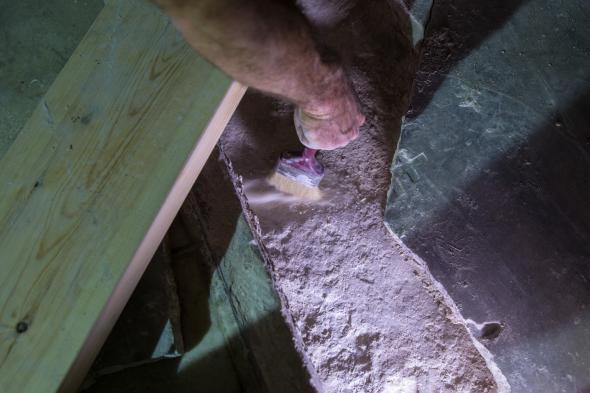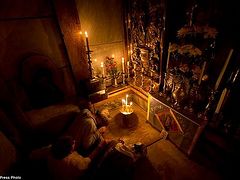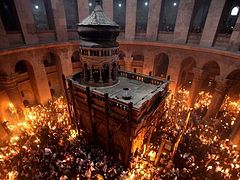Source: National Geographic
November 28, 2017
As Orthodox Christians we, of course, do not doubt the identification of the Holy Sepulchre as the genuine tomb of Christ. Despite the title and such statements, this article from National Geographic provides very good information showing that the Holy Sepulchre does in fact date to the time of Christ and the edicule to the time of Sts. Constantine and Helen—Ed.
Over the centuries, Jerusalem’s Church of the Holy Sepulchre has suffered violent attacks, fires, and earthquakes. It was totally destroyed in 1009 and subsequently rebuilt, leading modern scholars to question whether it could possibly be the site identified as the burial place of Christ by a delegation sent from Rome some 17 centuries ago.
Now the results of scientific tests provided to National Geographic appear to confirm that the remains of a limestone cave enshrined within the church are remnants of the tomb located by the ancient Romans.
Mortar sampled from between the original limestone surface of the tomb and a marble slab that covers it has been dated to around A.D. 345. According to historical accounts, the tomb was discovered by the Romans and enshrined around 326.
Until now, the earliest architectural evidence found in and around the tomb complex dated to the Crusader period, making it no older than 1,000 years.
...
Several samples of mortar from different locations within the Edicule were taken at that time for dating, and the results were recently provided to National Geographic by Chief Scientific Supervisor Antonia Moropoulou, who directed the Edicule restoration project.
...Read the rest at National Geographic.




